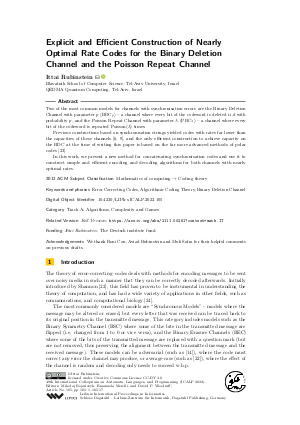LIPIcs.ICALP.2022.105.pdf
- Filesize: 0.94 MB
- 17 pages

 Creative Commons Attribution 4.0 International license
Creative Commons Attribution 4.0 International license























Feedback for Dagstuhl Publishing